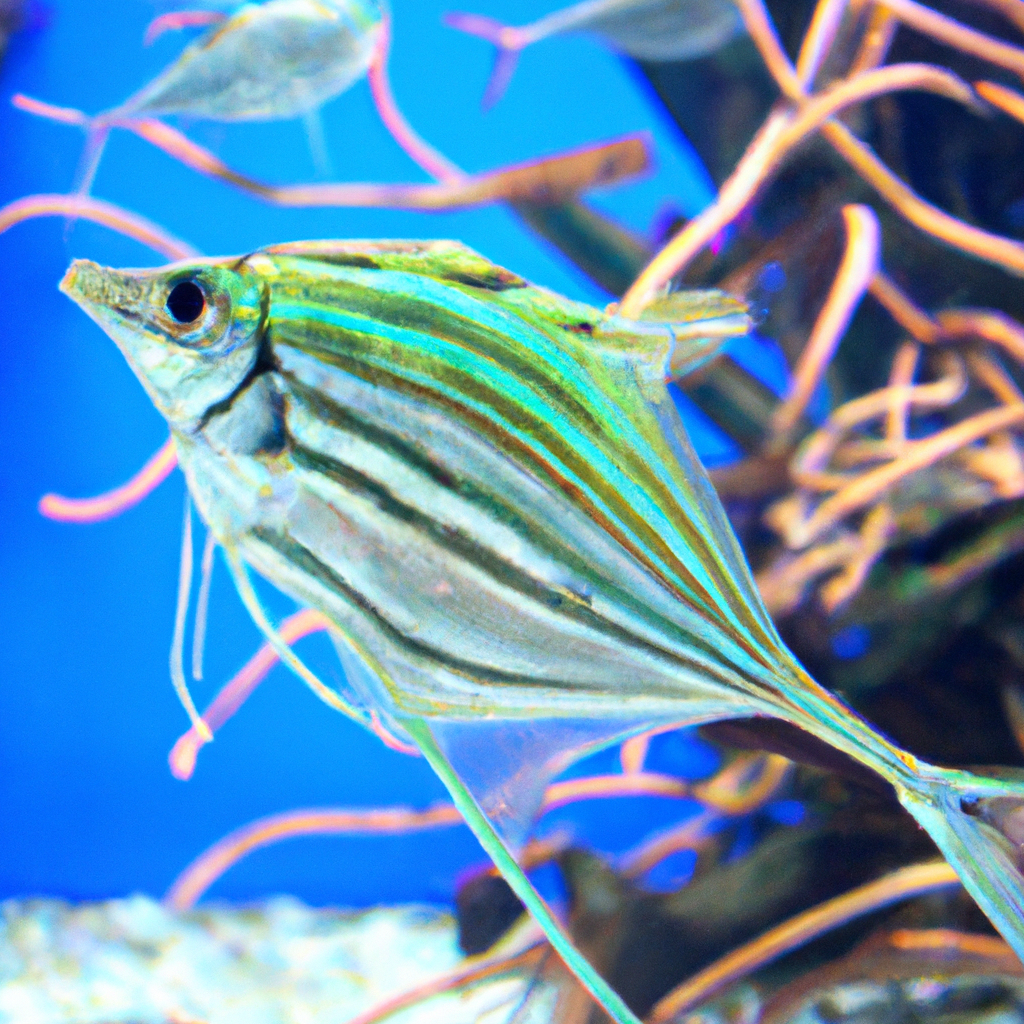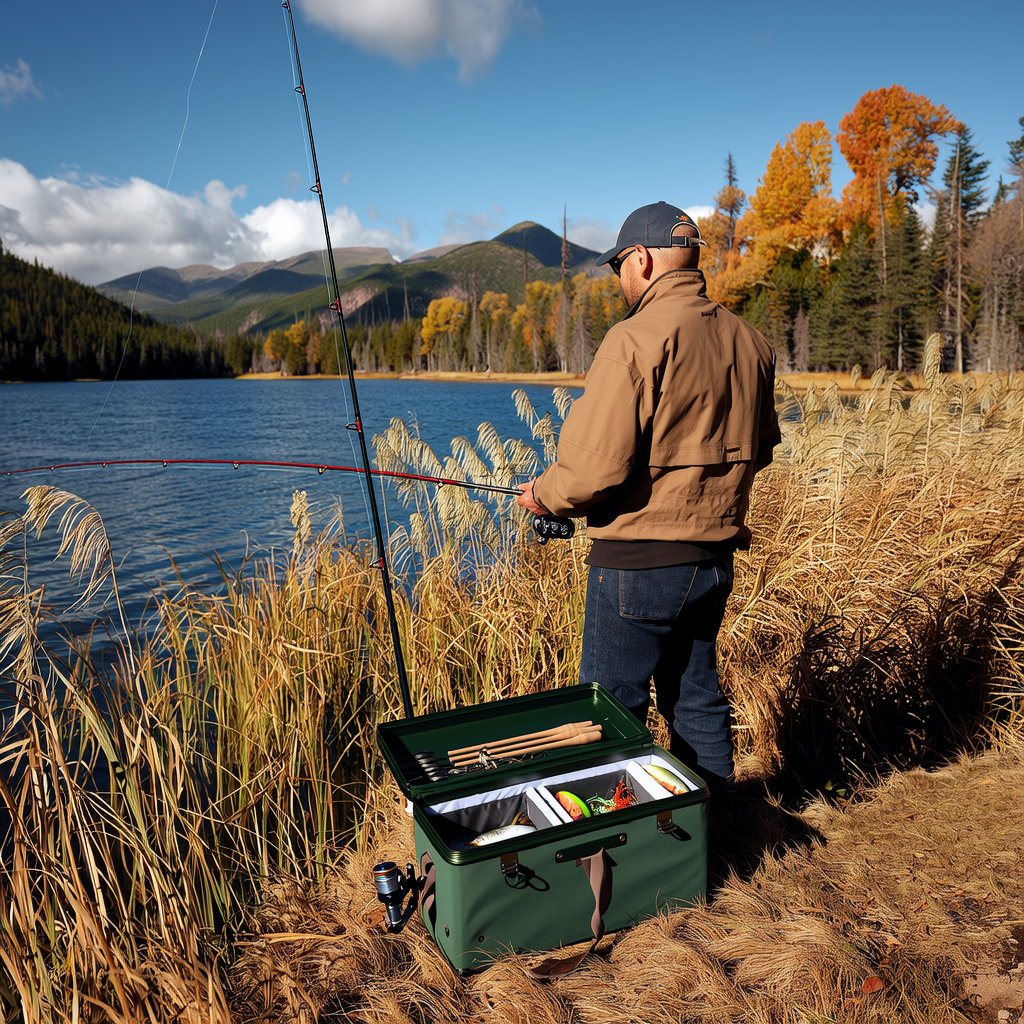Introduction
The rainbow runner is an iridescent fish with colors that look like a rainbow. It is found in tropical and subtropical water worldwide, including the Caribbean Sea and Gulf of Mexico. The rainbow runner is a member of the jack family which includes pompanos and trevally.
Appearance and Characteristics
The body of a rainbow runner is long, slender and flat on both sides. It can reach a length of 3 feet. The back is metallic blue-green, the sides are silver with a yellow green stripe and they have a yellow or orange belly. Fins with hints of yellow and blue are also colorful. Rainbow runners have triangular, sharp teeth that are designed to feed on smaller fishes, squids, and crustaceans.
Habitat and Behavior
Rainbow runners are pelagic fish and fast swimmers, so they prefer to live near the shore than in open water. They can swim up to 500 feet deep, but are usually found in groups near the surface. They are active at night and feed on crustaceans and small fish. Rainbow runners are migratory species of fish that migrate seasonally to find food and warm water. They are known for their long migrations, and can cover huge distances in a lifetime. They are also preyed on by larger fish, such as sharks and tuna.
Uses
Rainbow runners are primarily caught as a sport fish and for commercial purposes. The meat is white, firm and delicious. Rainbow runners are used in sashimi and sushi dishes, grilled or baked. They can also be used in aquariums. However, they need large tanks and live prey to survive.
Conservation Status
A wide distribution and abundance of the rainbow runner means that it is not considered to be a threatened species. Nevertheless, as with other marine species, the population of rainbow runners can be negatively affected by overfishing and habitat destruction. To preserve their ecosystem and guarantee their survival, it is important to manage rainbow runner populations sustainably.
Capturing Rainbow Runners
Rainbow runners are popular among sports and fishing enthusiasts. They are usually caught using live bait like sardines or squid or lures that look like small fish or shrimp. Anglers need a rod that has a medium to heavy line and a strong hook. Rainbow runners are strong fighters that require patience and skills to land.
Recipes for Rainbow Runner
If you’re lucky enough to catch one, you can prepare it a number of different ways. Here are some recipes to inspire you.
Grilled Rainbow Runner Fillet with Citrus, Ginger and Soy Marinade
Ingredients:
- 4 Rainbow runner fillets, each 6 oz.
- 1/4 cup fresh orange juice
- 1/4 cup soy sauce
- 1 tbsp freshly minced ginger
- 1 tbsp sesame seed oil
- Honey 1 tbsp
- Salt, pepper and red pepper flakes as per taste
Directions:
- Mix all marinade ingredients together in a bowl.
- Add the rainbow runner filets and marinate in the fridge for at least 30 min.
- Pre-heat the grill to medium high heat.
- Place the fillets onto the grill. Cook for 4-5 minutes on each side, or until they become opaque and flaky.
- Serve hot with your favorite salad or vegetables.
Asian Rainbow Runner Soup With Coconut Milk And Lemongrass
Ingredients:
- Cut into bite-sized pieces 1 lb Rainbow runners
- 1 can (14 oz.) coconut milk
- 4 cups of chicken broth or fish stock
- 2 tbsp fish sauce
- 1 tbsp freshly minced ginger
- 2 cloves garlic, minced
- 2 stalks lemongrass, smashed
- 1 red chili pepper, sliced
- Cilantro and Lime wedges as garnish
Directions:
- Heat the chicken broth and milk in a large pot on medium heat, until they boil.
- Add the garlic, lemongrass and chili peppers (if using), and simmer for 10 more minutes.
- Add the rainbow runner pieces into the pot and cook them for 5-7 minutes, or until they’re cooked through.
- Add the fish sauce to the pan and season with pepper and salt.
- Serve hot with lime wedges, cilantro and garnish.
In conclusion
Rainbow runners are a fascinating and spectacular marine species. They can brighten any aquarium or fishing trip. Many cultures around the world treasure them for their vibrant colors, speed and delicacy. Rainbow runners are a valuable and special addition to any collection, whether you’re a fisherman searching for a challenge catch or a chef looking for new recipes. Remember to respect the habitat, use sustainable fishing methods, and enjoy its beauty and flavor.




